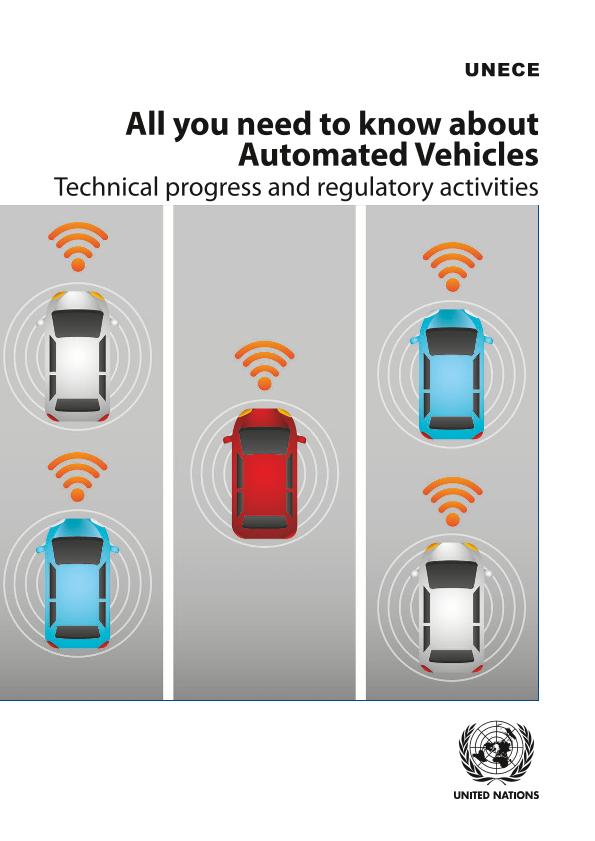All you need to know about : automated vehicles : technical progress and regulatory activities

Contenido multimedia no disponible por derechos de autor o por acceso restringido. Contacte con la institución para más información.
| Tag | 1 | 2 | Valor |
|---|---|---|---|
| LDR | 00000cam a22000004b 4500 | ||
| 001 | MAP20220002752 | ||
| 003 | MAP | ||
| 005 | 20220128143656.0 | ||
| 008 | 220128s2022 che|||| ||| ||eng d | ||
| 040 | $aMAP$bspa$dMAP | ||
| 084 | $a892 | ||
| 245 | 1 | 0 | $aAll you need to know about$b: automated vehicles : technical progress and regulatory activities |
| 260 | $aGeneva$bUNECE$c2022 | ||
| 300 | $a15 p. | ||
| 520 | $aThe motor industry's 125-year history is an impressive succession of innovation. Today, the industry faces the challenging task to massively electrify vehicles over the next 5 to 10 years, at least in developed markets. At the same time, with the rise and promises associated to automated driving, we are standing before what will be the biggest quantum leap forward in automotive technology in history. Automated vehicles have the potential to change the life of billions of people and fundamentally change how road transportation works. This will be made possible by the global automotive industry, which employs some 50 million people and represents a turnover of almost $2 trillion per year. Since it is widely acknowledged that up to 90 per cent of road crashes are at least partially due to human error, assisted and automated driving systems could reduce the human factor from the road safety equation, leading to a significant decrease in road crashes, and therefore could significantly reduce deaths and injuries on roads. | ||
| 650 | 4 | $0MAPA20080557287$aAutomóviles | |
| 650 | 4 | $0MAPA20150019967$aVehículos autónomos | |
| 650 | 4 | $0MAPA20080617219$aIndustria automovilística | |
| 650 | 4 | $0MAPA20080586546$aNuevas tecnologías | |
| 710 | 2 | $0MAPA20220000802$aUNECE |

